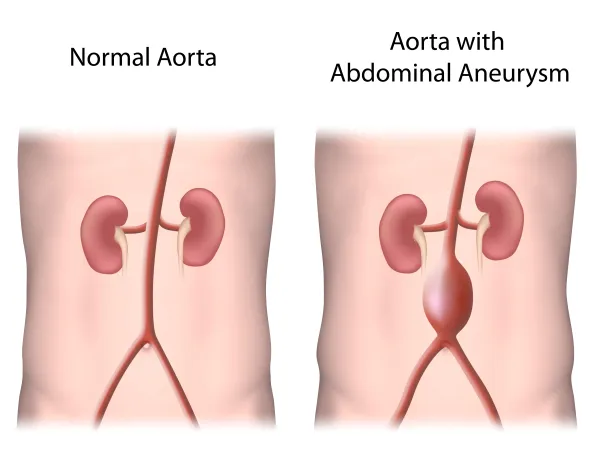Radiology Coding Alert
Reader Questions:
Know How to Report a Radiology Independent Contractor’s Services
Published on Thu Sep 21, 2023

You’ve reached your limit of free articles. Already a subscriber? Log in.
Not a subscriber? Subscribe today to continue reading this article. Plus, you’ll get:
- Simple explanations of current healthcare regulations and payer programs
- Real-world reporting scenarios solved by our expert coders
- Industry news, such as MAC and RAC activities, the OIG Work Plan, and CERT reports
- Instant access to every article ever published in Revenue Cycle Insider
- 6 annual AAPC-approved CEUs
- The latest updates for CPT®, ICD-10-CM, HCPCS Level II, NCCI edits, modifiers, compliance, technology, practice management, and more
Related Articles
Other Articles in this issue of
Radiology Coding Alert
- 2024 CPT® Updates:
Prepare for Cardiac IOUS and Image Guidance Code Changes in 2024
Plus: Find out if AI has a role in the new radiology codes. On Sept. [...] - Breast Imaging:
Bolster Your Breast MRI Coding Knowledge
Realize which codes to use for AB-MRI procedures. Radiologists perform breast magnetic resonance imaging (MRI) [...] - Practice Management:
Prioritize Accessibility for Your Practice’s Deaf Patients
Check out 5 easy ways to accommodate your patients. Your healthcare practice is responsible for [...] - You Be the Coder:
Nail This Knee Ultrasound Coding Case
Question: A patient presented to the emergency department (ED) with left knee pain. The hospital’s [...] - Reader Questions:
Master MRA Coding With or Without Contrast
Question: I have a report that states the provider performed magnetic resonance angiography (MRA) on [...] - Reader Questions:
Know How to Report a Radiology Independent Contractor’s Services
Question: I’m new to emergency department (ED) coding, and I need your help with this [...] - Reader Questions:
Tackle the Table of Neoplasms for a Desmoid Tumor Dx
Question: A patient presented to an outpatient radiology practice for a computed tomography (CT) scan [...]
View All




